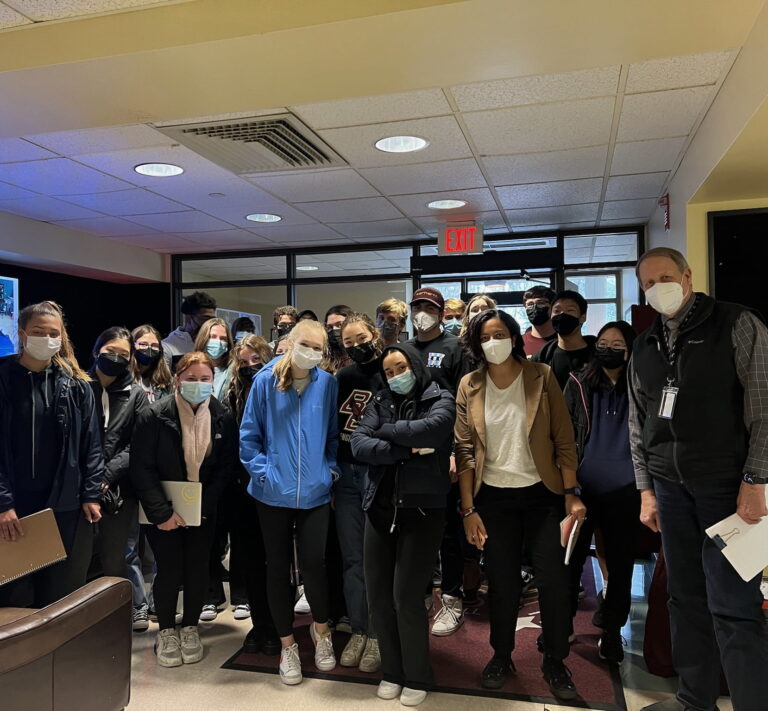Washing Machine Pulley For The Campus School
Overview
This project involved designing and prototyping a motorized pulley system to assist children with disabilities in independently opening top loading washing machine doors. Developed through Boston College’s Human-Centered Engineering program in collaboration with the Campus School (a school for students with disabilities on Boston College’s campus), the goal was to create a functional and safe assistive device using low-cost materials. As part of a small engineering team, this was our first hands-on, practical project focused on solving a real-world accessibility challenge.
Key Objectives
- Enable Independent Use: Provide a mechanism to reduce the force required to open heavy washing machine doors for children with limited mobility.
- Collaborative, Human-Centered Design: Work directly with advisors from the Campus School to ensure the design met user needs in a safe and inclusive way.
- Build Foundational Engineering Skills: Gain practical experience in mechanical design, Arduino programming, and user-centered prototyping as an introductory engineering team.
System Design & Implementation
- Designed and laser-cut wooden pulley discs mounted on a vertical axle to replicate pulling motion and provide mechanical advantage.
- Mounted a high-torque servo motor onto the wood frame and connected it to the pulley using secure attachments for consistent actuation.
- Built a stable wooden base and housing to support the pulley and electronics, allowing for safe testing and modular adjustments.
- Programmed an Arduino to control the servo motor's direction, speed, and rotation cycle using a button input.
Testing & Evaluation
We tested the system’s ability to simulate opening a washing machine door by applying resistance loads and measuring the pulley’s effectiveness. Basic usability checks were performed to ensure the setup could be safely and easily used in a school environment. Feedback from Campus School partners guided several design iterations focused on stability, ease of use, and safety.
Outcomes and Reflections
The final prototype proved that a low-cost, motor-driven pulley system could aid children in opening heavy appliance doors. This experience laid the groundwork for our understanding of assistive design and helped spark continued interest in engineering for social good. Future iterations could explore wireless activation, integrated mounting to real machines, and broader accessibility testing with users.
Project information
- Category Assistive Technology / Mechanical Design
- Type Freshman Year Project
- Project date Jan, 2022 - May, 2022
- Links Human-Centered Engineering Campus School Instagram Post #1 Instagram Post #2

